Beer has been a popular alcoholic beverage for centuries, and with its vast range of styles and flavors, it remains a favorite among many. But for those concerned about their sugar intake, the question of how much sugar is in beer may come to mind.
While labeling a beer’s sugar content is not required, there are some general estimates and factors that can give an idea of how much sugar may be present.
Here’s a table summarizing the sugar and carb content of various popular beers:
| Beer Name | Sugar Content (per 12 oz) | Carb Content (per 12 oz) |
|---|---|---|
| Bud Light | 0 grams | 4.6 grams |
| Budweiser | 0 grams | 10.6 grams |
| Busch | Not reported | 6.9 grams |
| Busch Light | Not reported | 3.2 grams |
| Coors Banquet | 0 grams | 11.7 grams |
| Coors Light | 1 gram | 5 grams |
| Coors Non-alcoholic | 8 grams | 12.2 grams |
| Heineken | 0 grams | 11.4 grams |
| Miller High Life | 0 grams | 12.2 grams |
| Miller Lite | 0 grams | 3.2 grams |
| Regular beer (average) | 0 grams | 12.8 grams |
| Light beer (average) | 0.3 grams | 5.9 grams |
| Non-alcoholic beer | 28.5 grams | 28.5 grams |
| Hefeweizen (Busch) | 6 grams | 13 grams |
| Malt beer | Negligible | Varies |
| Clear liquors (e.g., vodka, tequila, gin) | Least amount | Varies |
The table provides an overview of the sugar and carbohydrate content in a selection of popular beers.
It’s important to note that the sugar content can vary based on the brewing process, style of beer, and any added ingredients. Non-alcoholic beers tend to have higher sugar content compared to alcoholic beers.
Also, note that carbs and sugar are often used interchangeably as sugar is a type of carb! However, some carbs are not sugars and will not have the same effect as pure sugar on your blood sugar levels e.i. they are not converted to sugars in your body (e.g. dietary fibers).
Sugars in Beer – where does it come from?
Sugar content is a crucial element in the brewing process as it is the nutrient from which yeast produces alcohol. While various factors can influence yeast’s ability to convert sugar into alcohol, it is highly efficient at doing so. Therefore, aside from non-alcoholic types, beer tends to have a low sugar content.
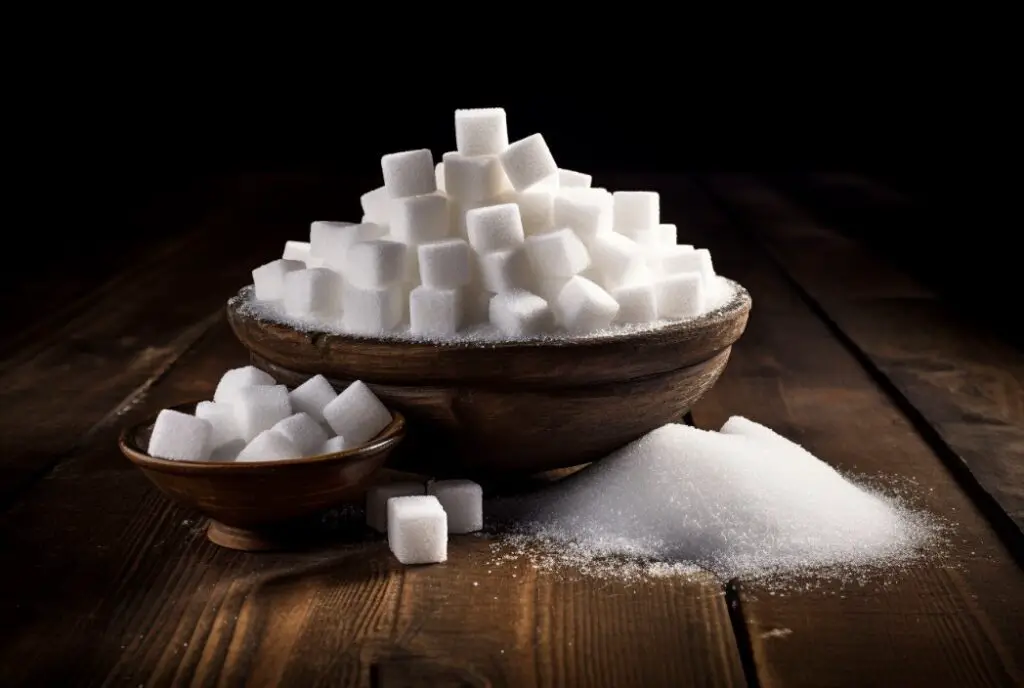
Beer’s sugar content is comprised of 80% fermentable sugars and 20% oligosaccharides. Fermentable sugars are the type of sugars yeast can digest and convert into alcohol, while oligosaccharides are the type of sugars yeast cannot digest, and neither can the human body. Hence, beer’s final sugar content may still be relatively low.
Different beer styles may have varying levels of sugar content. Light beers, such as light lager and blonde ale, usually have lower sugar content ranging from 1 to 5 grams per 12-ounce serving.
Regular beers, such as lager, pilsner, and pale ale, may contain around 5 to 10 grams of sugar per 12-ounce serving. However, a beer’s final sugar content depends on several factors, including its gravity, type of yeast, and any additional flavors added to the beer, such as honey or corn syrup.
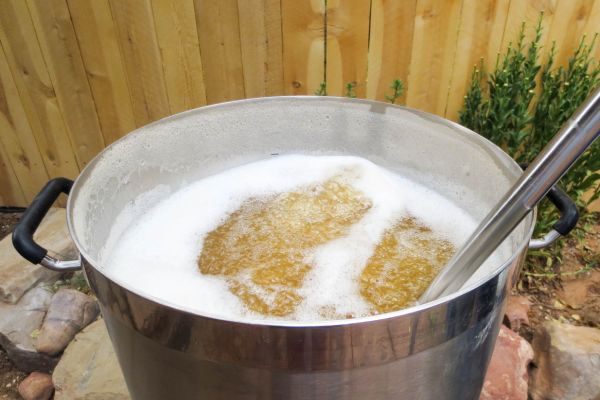
In conclusion, while pinpointing the exact amount of sugar in beer can be challenging, certain estimates and factors can provide an idea of a beer’s sugar content. For those watching their sugar intake, it may be helpful to opt for lighter beer styles or to consume beer in moderation.
What types of sugars are found in beer?
Beer typically contains several types of sugars, which are produced during the brewing process.
The primary sugars found in beer include:
- Maltose: This is the predominant sugar in beer, derived from malted barley. During the mashing process, enzymes in the malt convert the starches in the barley into maltose. This sugar is fermentable, meaning yeast can consume it during fermentation to produce alcohol and carbon dioxide.
- Glucose: Also known as dextrose, glucose is a simple sugar that yeast can easily ferment. It’s often present in small amounts in beer.
- Fructose: Similar to glucose, fructose is a simple sugar but is usually found in lower concentrations in beer. It can come from the malt or be introduced through the addition of fruits or other adjuncts.
- Sucrose: This is common table sugar. It can be added to some beer styles to increase the alcohol content or affect the flavor profile. Sucrose is broken down into glucose and fructose by yeast.
- Dextrins: While not sugars in the traditional sweet-tasting sense, dextrins are carbohydrates that result from the partial breakdown of starches. They are not fermentable by standard brewer’s yeast, so they contribute to the body and mouthfeel of the beer without adding sweetness.
- Other Sugars: Depending on the ingredients and the brewing process, other sugars like lactose (milk sugar) or trehalose might be present in certain beer styles.
The proportions and types of sugars in beer can vary widely based on the style, ingredients, and brewing techniques used. Different yeast strains also have varying abilities to ferment these sugars, which further influences the final taste and alcohol content of the beer.
Beers with Low Sugar Content
Overview of beer types with typically low sugar content
Beer is typically known for its sugar content, but there are some beer types that have low sugar content. Light beers such as light lager, blonde ale, and wheat beer usually have the lowest sugar content, ranging from 1 to 5 grams per 12-ounce serving. Regular beers such as lager, pilsner, and pale ale may contain around 5 to 10 grams of sugar per 12-ounce serving.
Examples of beers with low sugar content
Light beers like Bud Light, Heineken Light, and Miller Lite have a sugar content ranging from 1 to 3 grams per 12-ounce serving. Budweiser Select 55 and Michelob Ultra, which are considered ultra-light beers, have less than 1 gram of sugar per 12-ounce serving. Similarly, Coors Light and Corona Light have a sugar content of around 2 grams per 12-ounce serving.
Low-sugar beer can also be a good option for those who are watching their carbohydrate intake. These beers tend to be lower in calories, carbs, and alcohol content, making them a healthier alternative to regular beer.
In conclusion, beer’s sugar content varies depending on its style, brewing method, and additional flavorings used. However, some beer types typically have lower sugar content than others. Light beers are usually a better option if you want to avoid too much sugar in your drink. Nevertheless, drinking beer, even with low sugar content, should be done in moderation due to its alcohol content.
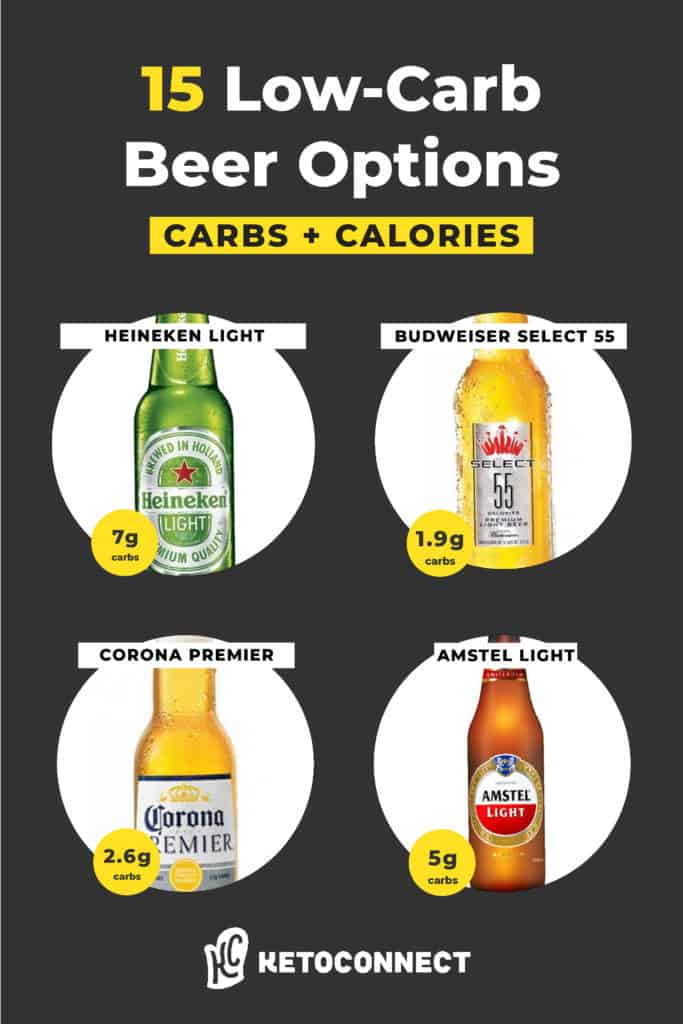
Heineken
Overview of Heineken beer
Heineken is a popular beer brand that originates from the Netherlands. It is a type of lager beer made from spices, yeast, water, and a combination of barley and wheat grains. Heineken is a light beer and has an alcohol content of 5%.
Sugar content in Heineken
If you are wondering about the sugar content in Heineken beer, there is good news. Heineken has a relatively low amount of sugar compared to other beers. A 12-ounce serving of Heineken has 11.2 grams of carbohydrates and 0 grams of sugar. This makes Heineken a better option if you are looking for a beer with lower sugar content.
Comparing Heineken with other regular beers, the sugar content is lower in Heineken. For instance, Miller High Life has 12.2 grams of carbs and 0 grams of sugar, while regular beer has 12.8 grams of carbs and 0 grams of sugar. However, light beers such as Miller Lite and Coors Light have a lower sugar content than Heineken.
In conclusion, Heineken is a light beer with a relatively low amount of sugar. It can be a good option for anyone looking for a beer with lower sugar content. However, like any other beer, it should be consumed in moderation due to its alcohol content.
Budweiser
Overview of Budweiser beer
Budweiser is a popular American beer brand known for its distinctive red and white label. It is a light lager beer that is made from a combination of malted barley and rice. Budweiser has an alcohol content of 5% which is considered standard for most beers. It has a crisp and refreshing taste and is a popular choice among beer enthusiasts.
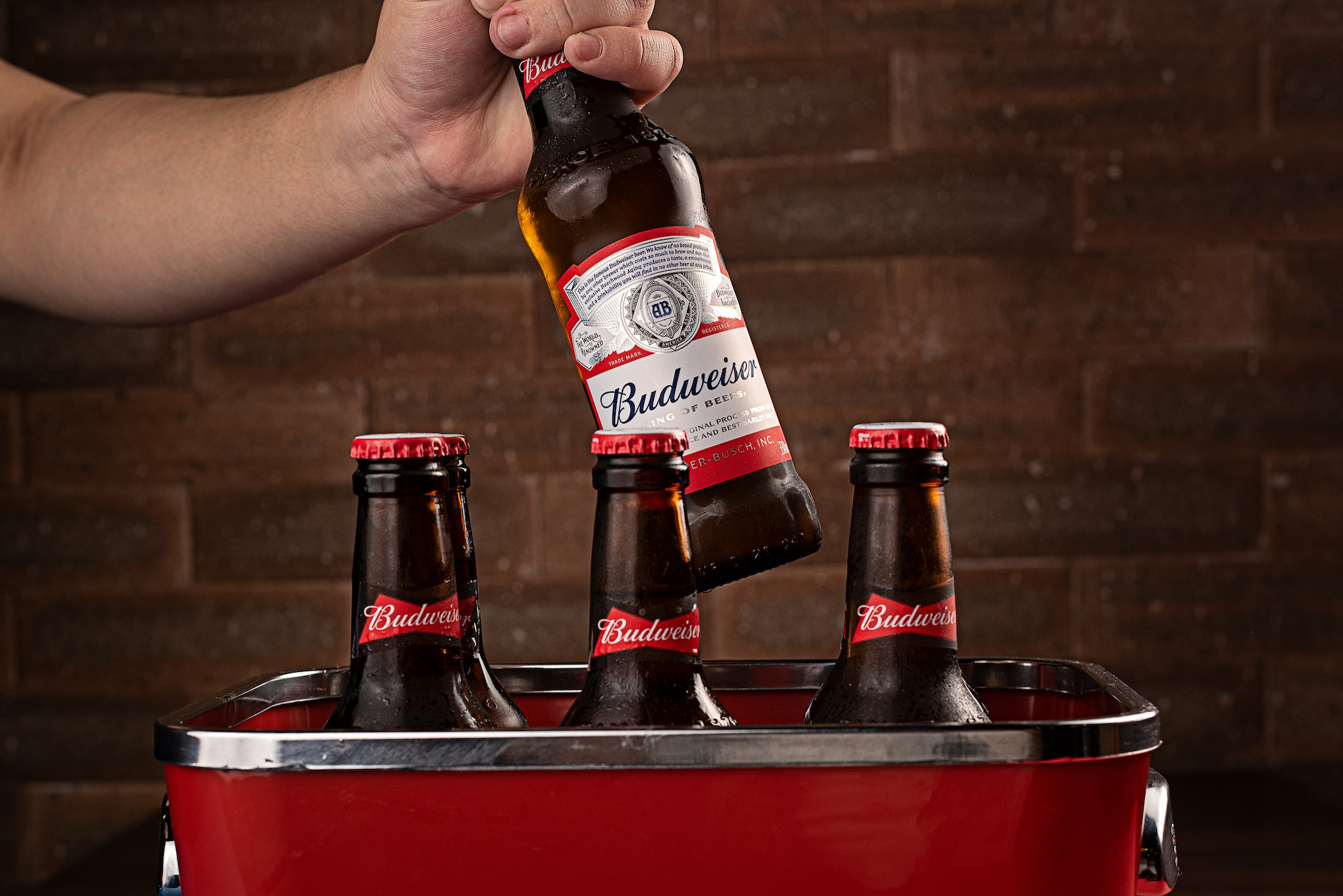
Sugar content in Budweiser
If you are concerned about the sugar content in beer, Budweiser can be a good option. A 12-ounce serving of Budweiser contains only 1.4 grams of sugar and 10.6 grams of carbohydrates. The majority of sugar in Budweiser comes from the fermentation process, as residual sugars are left after the yeast consumes the maltose and other fermentable sugars in the brew.
Compared to other regular beers, Budweiser has a lower sugar content. For instance, Miller High Life has 1.1 grams of sugar and 12.2 grams of carbohydrates per 12-ounce serving, while regular beer has 1 gram of sugar and 12.8 grams of carbohydrates per serving. However, light beers such as Miller Lite and Coors Light have a lower sugar content than Budweiser.
If you are looking for an alcoholic beverage with zero sugar, Budweiser has recently come up with a new product called Budweiser Zero. Each 12-ounce serving contains 0 grams of sugar and only 50 calories.
In conclusion, Budweiser is a light beer with a relatively low amount of sugar compared to other regular beers. It can be a good option for those who are watching their sugar intake. However, like any other alcoholic beverage, it should be consumed in moderation.
Bud Light
Overview of Bud Light beer
Bud Light is a popular light beer brand in the United States. It is a light lager made from a blend of malted barley, rice, and hops. Bud Light has an alcohol content of 4.2%, making it a popular choice for those who prefer to drink beer with a lower alcohol content.
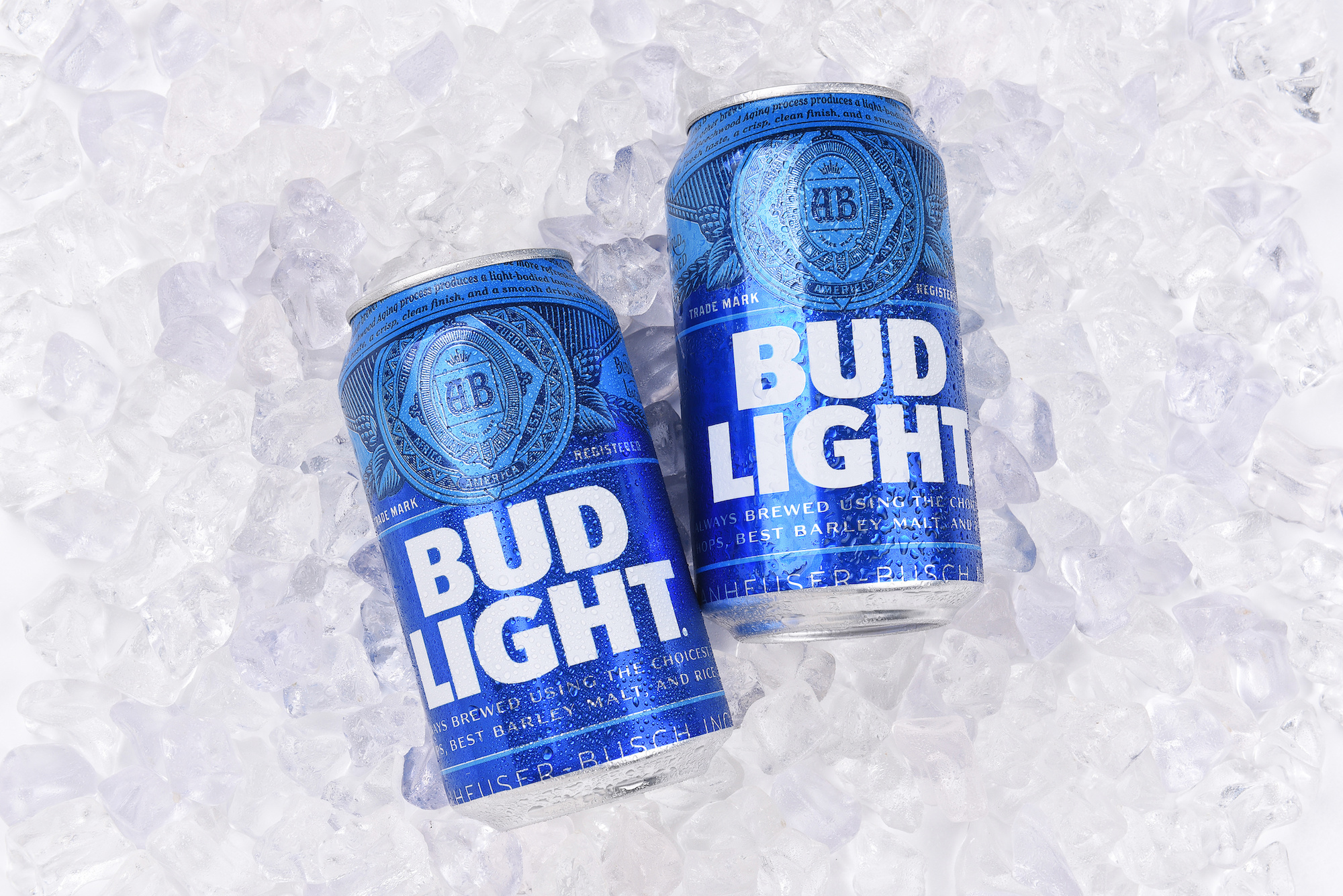
Sugar content in Bud Light
If you’re wondering about the sugar content in Bud Light, a 12-ounce serving of this beer contains only 1.2 grams of sugar and 4.6 grams of carbohydrates. Compared to regular beers, Bud Light has a significantly lower sugar content, making it a healthier option for those who are watching their sugar intake.
In addition, Bud Light has zero grams of fat, protein, and fiber. However, it’s important to keep in mind that the carbohydrates in beer come from maltose, a type of sugar that can spike blood sugar levels. For those with diabetes or other health conditions that require them to regulate their blood sugar, drinking Bud Light should be done in moderation.
Overall, Bud Light is a light and refreshing beer with a low sugar content, making it a popular choice for those who are looking to enjoy a cold beer without worrying too much about their sugar intake.
Busch and Busch Light
Overview of Busch and Busch Light beers
Busch and Busch Light are popular light beer brands in the United States. Busch is a lager made from malted barley, corn, and hops. It has an alcohol content of 4.3%. Busch Light, on the other hand, has the same ingredients but is brewed to have a lower calorie and alcohol content, with an alcohol content of only 3.2%.
:max_bytes(150000):strip_icc()/busch-light-instacart-712f4f7cd9ca43418740b0083edd737a.jpeg)
Both Busch and Busch Light are known for their smooth and clean taste, making them a popular choice for those who prefer a light beer. Additionally, the brewing process for these beers has been refined over the years to ensure that they are consistent in taste and quality.
Sugar content in Busch and Busch Light
When it comes to sugar content, Busch Light is the better option. A 12-ounce serving of Busch Light contains only 3.2 grams of carbohydrates and no reported sugar, making it a relatively low sugar beer. However, a 12-ounce serving of Busch contains 9 grams of carbohydrates and no reported sugar. While still lower in sugar compared to regular beers, it is important to note that Busch is slightly higher in sugar compared to Busch Light.
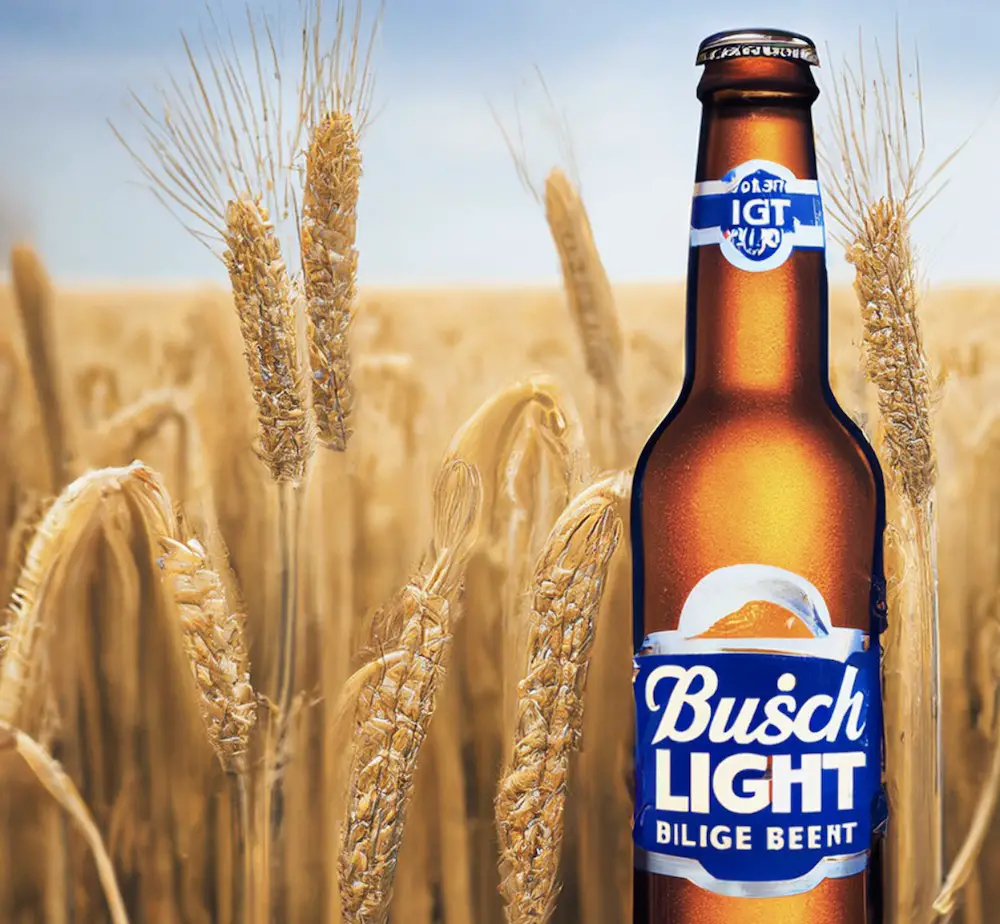
Overall, Busch Light and Busch are light beer options that do not contain a significant amount of sugar. However, it’s important to remember that the carbohydrates in beer come from maltose, a type of sugar that can spike blood sugar levels. For those with diabetes or other health conditions that require them to regulate their blood sugar, drinking either of these beers should be done in moderation.
In comparison to other popular light beers, Busch Light and Busch hold their own in terms of taste and sugar content. Both beers are a good option for those who want to enjoy a cold beer without worrying too much about their sugar intake.
The Fermentation Process and Sugar in Beer
How beer is made
Beer is made from a combination of water, spices, and yeast, with some variations depending on the type and style of beer. When making beer, the brewer begins by mixing malted barley, hops, and water. The mixture is called the mash and is boiled to extract the flavor from the hops and to convert the starches in the malted barley into fermentable sugars. The remaining product is called wort, which is then transferred to a fermentation vessel.
Fermentation process and sugar content in beer
During the fermentation process, yeast consumes the fermentable sugars in the wort and produces alcohol and carbon dioxide. The fermentation process also influences the final sugar content of the beer. Yeast can digest simple sugars but not complex sugars like oligosaccharides, which contribute to the sweetness of the beer. Therefore, beer’s sugar content is typically composed of 80% fermentable sugars and 20% oligosaccharides.
Different types of beer may have varying levels of sugar content. Light beers such as light lager, blonde ale, and wheat beer tend to have lower sugar content ranging from 1 to 5 grams per 12-ounce serving. Regular beers such as lager, pilsner, and pale ale may contain around 5 to 10 grams of sugar per 12-ounce serving.
However, the final sugar content of a beer depends on several factors such as its initial gravity and the type of yeast strain used to ferment it. Besides, beer manufacturers may add other sugar-containing ingredients like honey and corn syrup to give their beer a distinctive flavor.
To conclude, beer’s sugar content varies depending on its style, brewing method, and additional flavorings used. However, it is essential to note that yeast ferments sugar in the brewing process, leading to lower sugar content in the final product than expected. Therefore, moderate consumption of beer will not lead to an increase in sugar levels in the body.
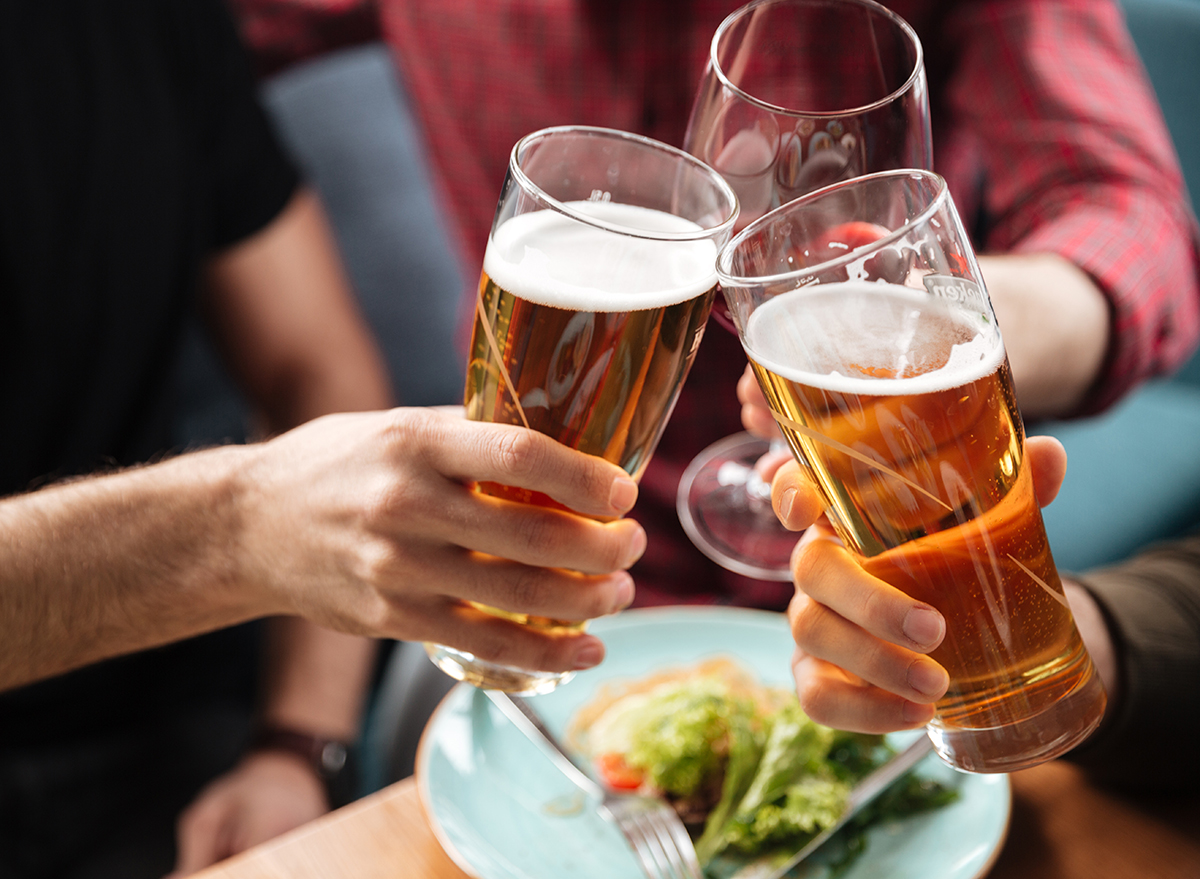
Non-Alcoholic Beers and Sugar
Overview of non-alcoholic beers
Non-alcoholic beers are a popular drink option for those who want to enjoy the taste of beer without the alcohol. They are also a good option for those who want to reduce their alcohol intake or are designated drivers. Non-alcoholic beers are made using a similar brewing process as regular beer, but the alcohol content is removed through a process of heating or vacuum distillation.
Some of the most popular non-alcoholic beer brands include Athletic Brewing Company Craft Non-Alcoholic Beer, Heineken Non-alcoholic 0.0 Lager, and Brooklyn Special Effects Hoppy Non-Alcoholic Brew. These non-alcoholic beers come in different flavors and alcohol strengths to cater to different tastes.
Sugar content in non-alcoholic beers
If you are mindful of your sugar intake, it is important to note that most non-alcoholic beers do contain some amount of sugar. However, the sugar content varies between brands and flavors. For example, Partake Brewing Pale Ale and Bud Zero have zero sugar content, making them good options for those who want to avoid sugar completely.
On the other hand, Athletic Brewing Company Craft Non-Alcoholic Beer contains 4.3 grams of carbs with 1.2 grams of sugar per 100 ml, Heineken Non-alcoholic 0.0 Lager contains 4.5 grams of carbs with 1.3 grams of sugar per 100ml, and Brooklyn Special Effects Hoppy Non-Alcoholic Brew contains 6.3 grams of carbs with 2 grams of sugar per 100 ml.
It is important to read nutritional labels carefully while choosing non-alcoholic beer to monitor your sugar intake. Additionally, it is important to note that the carbohydrates in beer come from maltose, which is a type of sugar that can affect blood sugar levels. So, people with diabetes or other health conditions that require them to regulate their blood sugar levels should consume non-alcoholic beers in moderation.
In conclusion, non-alcoholic beers are a good option for those who want to enjoy the taste of beer without the alcohol. While most non-alcoholic beers contain some amount of sugar, there are low sugar options available. It is crucial to monitor your sugar intake by reading nutritional labels and to consume non-alcoholic beer in moderation.

Summary of Beers with Low Sugar Content
Low-gravity beers tend to have less sugar and lower alcohol content. Some beer styles have varying sugar levels. Lagers and pilsners tend to contain less sugar while heavier malty beers like stouts might have higher sugar levels. Thus, it is essential to consider the style of beer chosen when factoring in sugar content.
Other Factors to Consider When Choosing Low Sugar Beers
While sugar content is essential, other factors need to be considered when choosing low sugar beers. For instance, the alcohol content and calorie count should be monitored. Lower alcohol content does not necessarily mean low-calorie content. Thus, reading the nutritional labels before selecting a beer is vital.
Conclusion
In conclusion, non-alcoholic beers are a good alternative for individuals who want to enjoy the taste of beer without the alcohol content. While most non-alcoholic beers contain some amount of sugar and carbohydrates, there are low sugar options available. It is crucial to monitor the sugar and alcohol content of each beer selected and to consume in moderation.

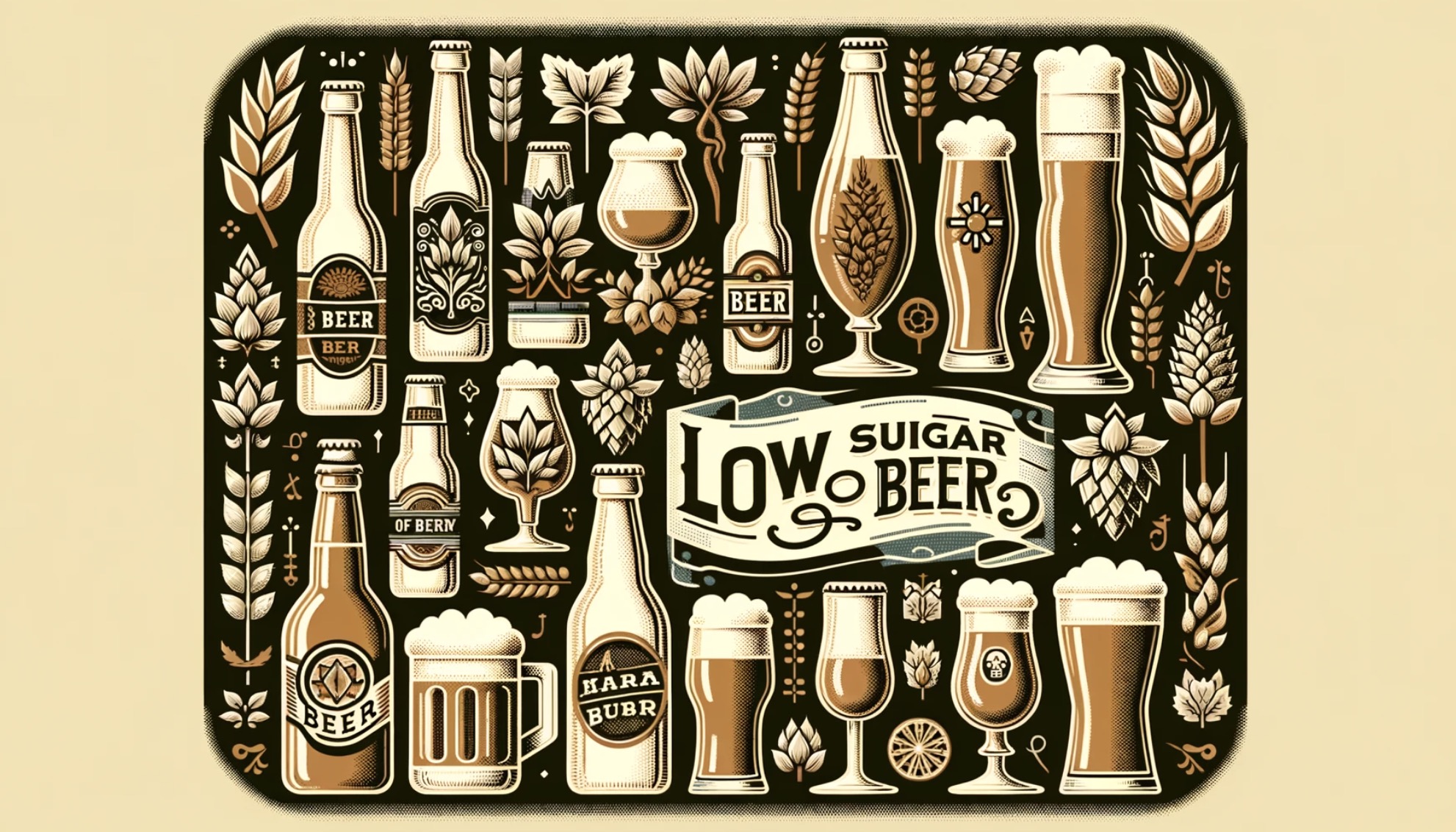
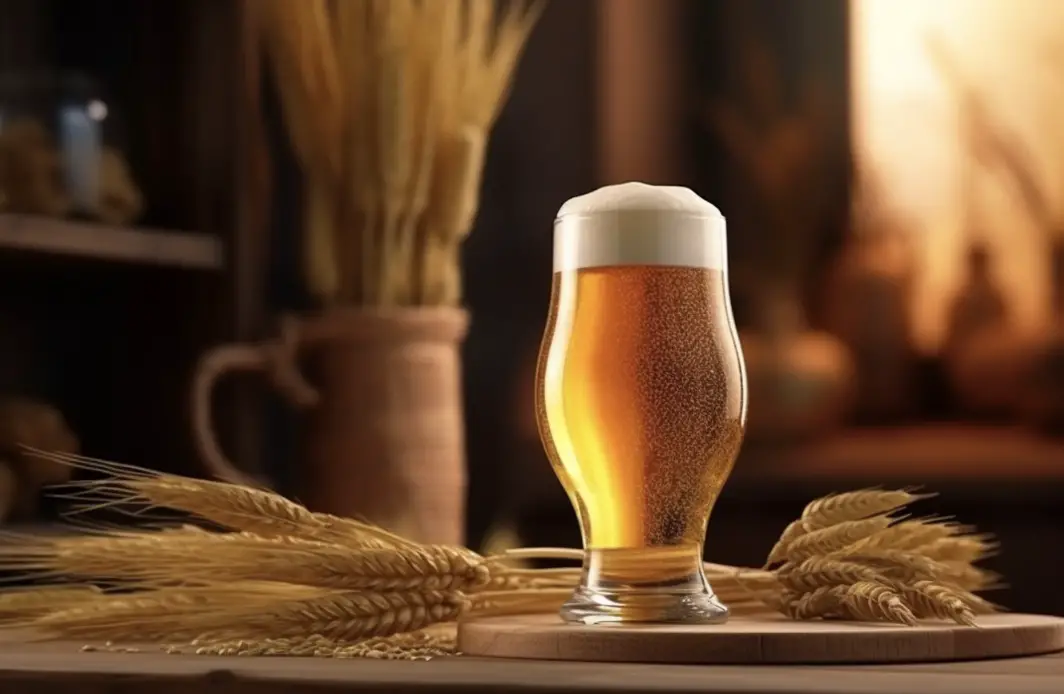

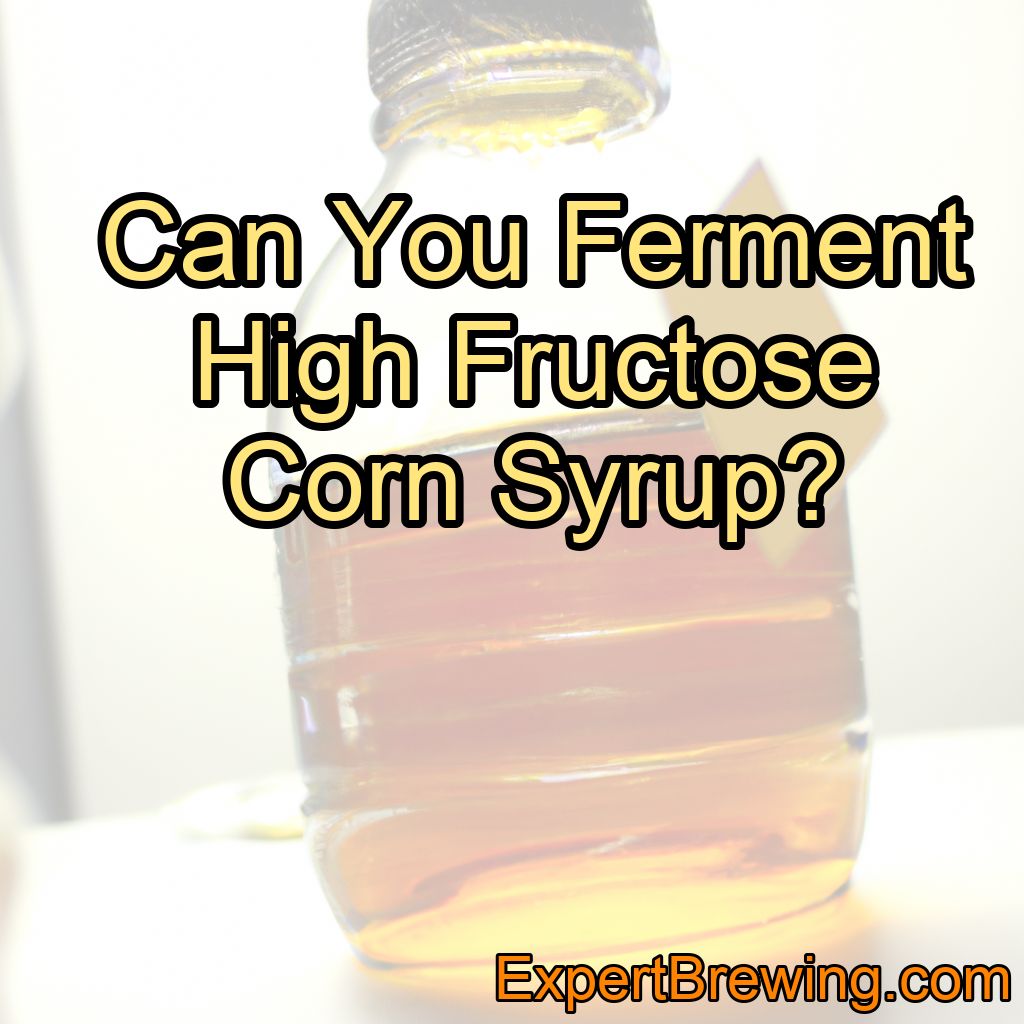
Leave a Reply
You must be logged in to post a comment.